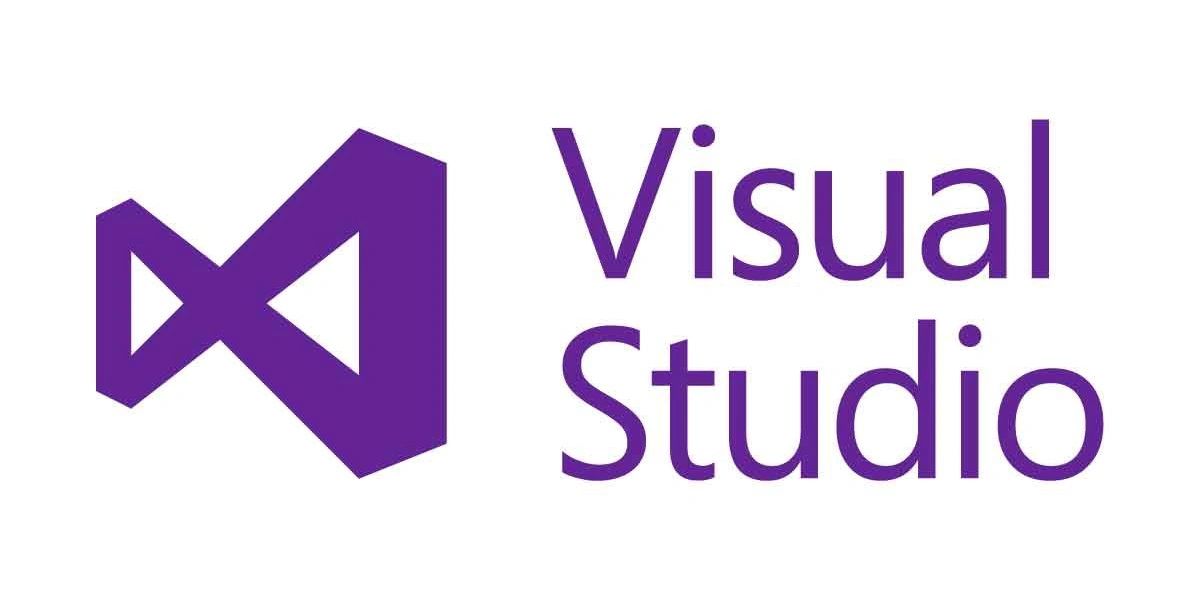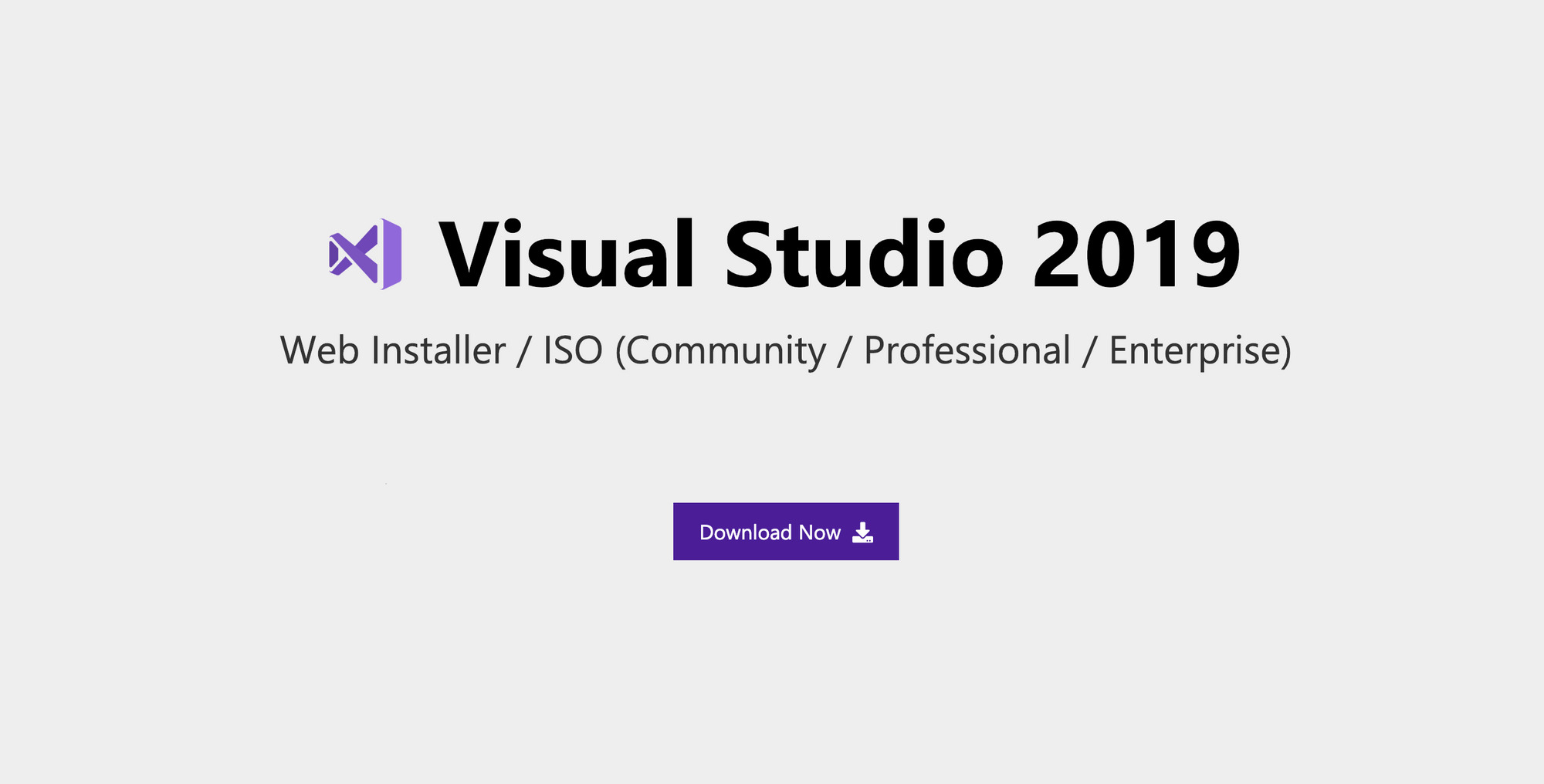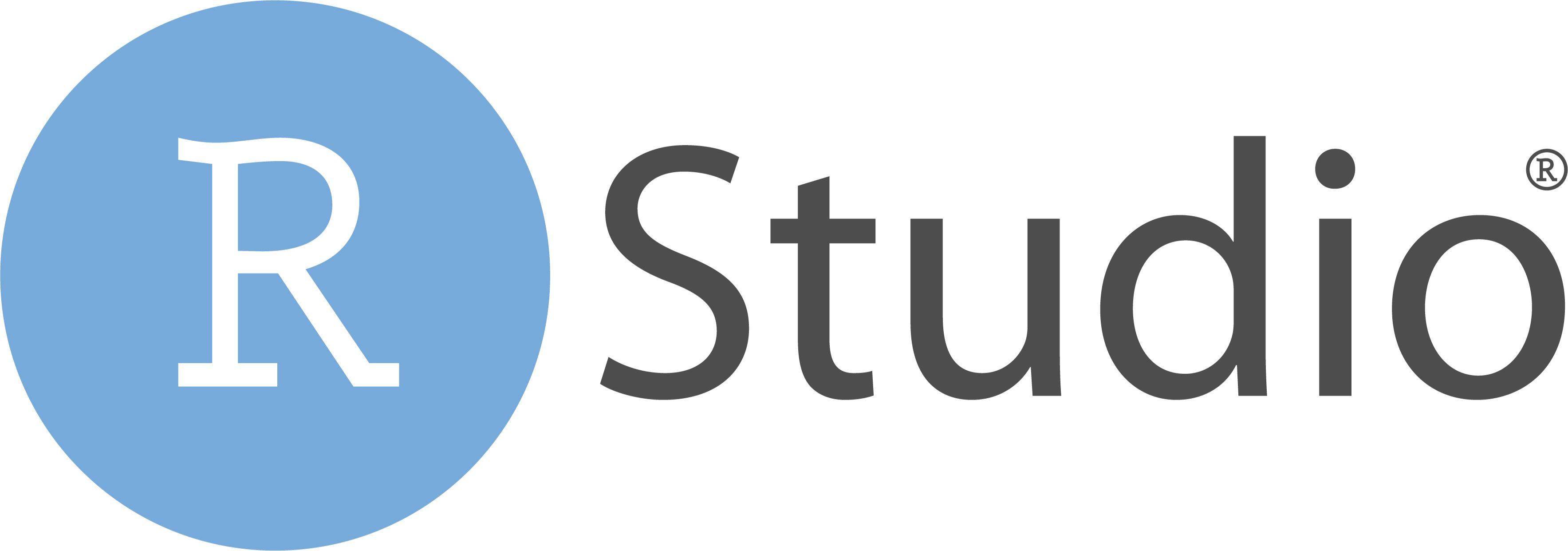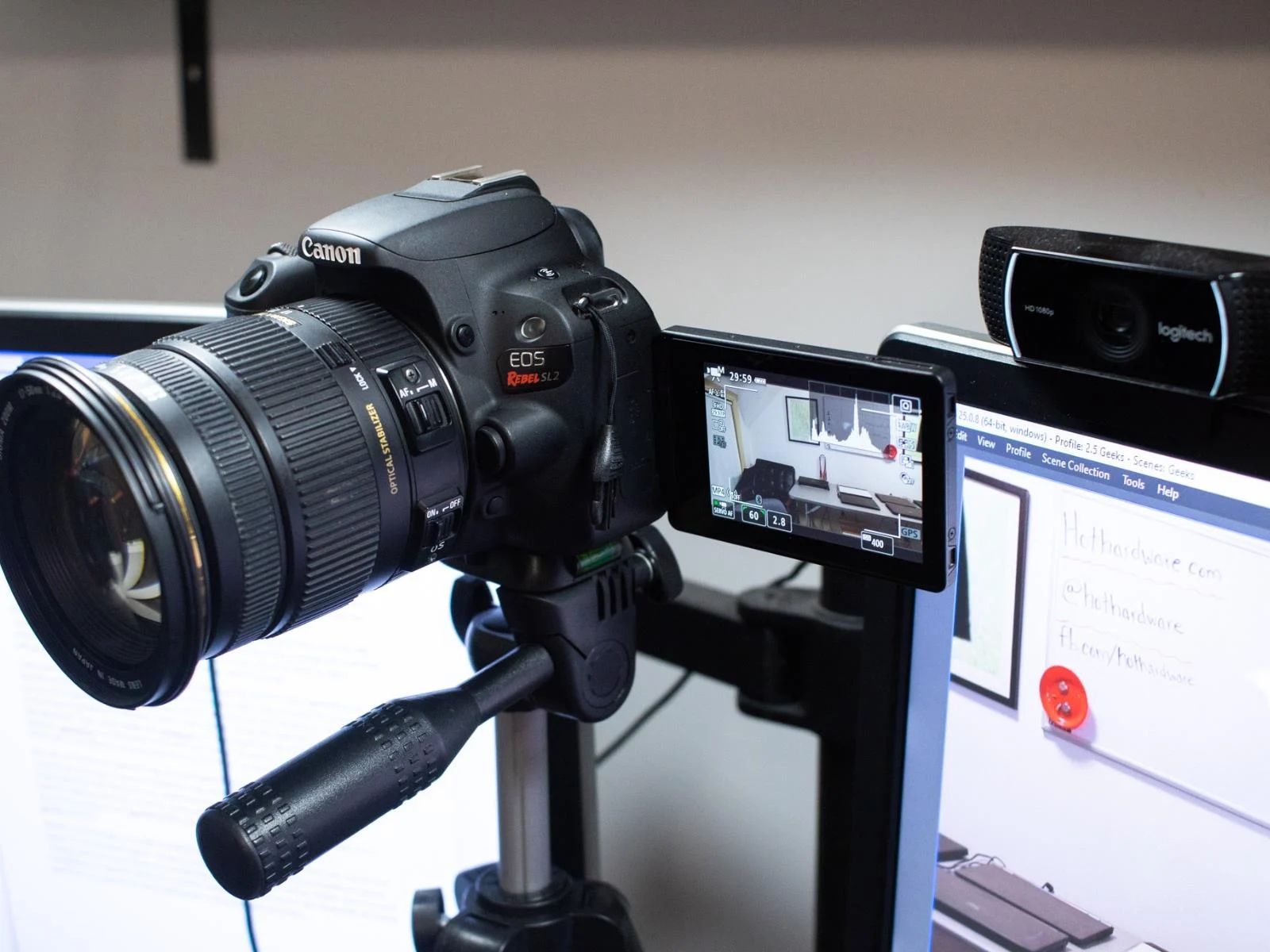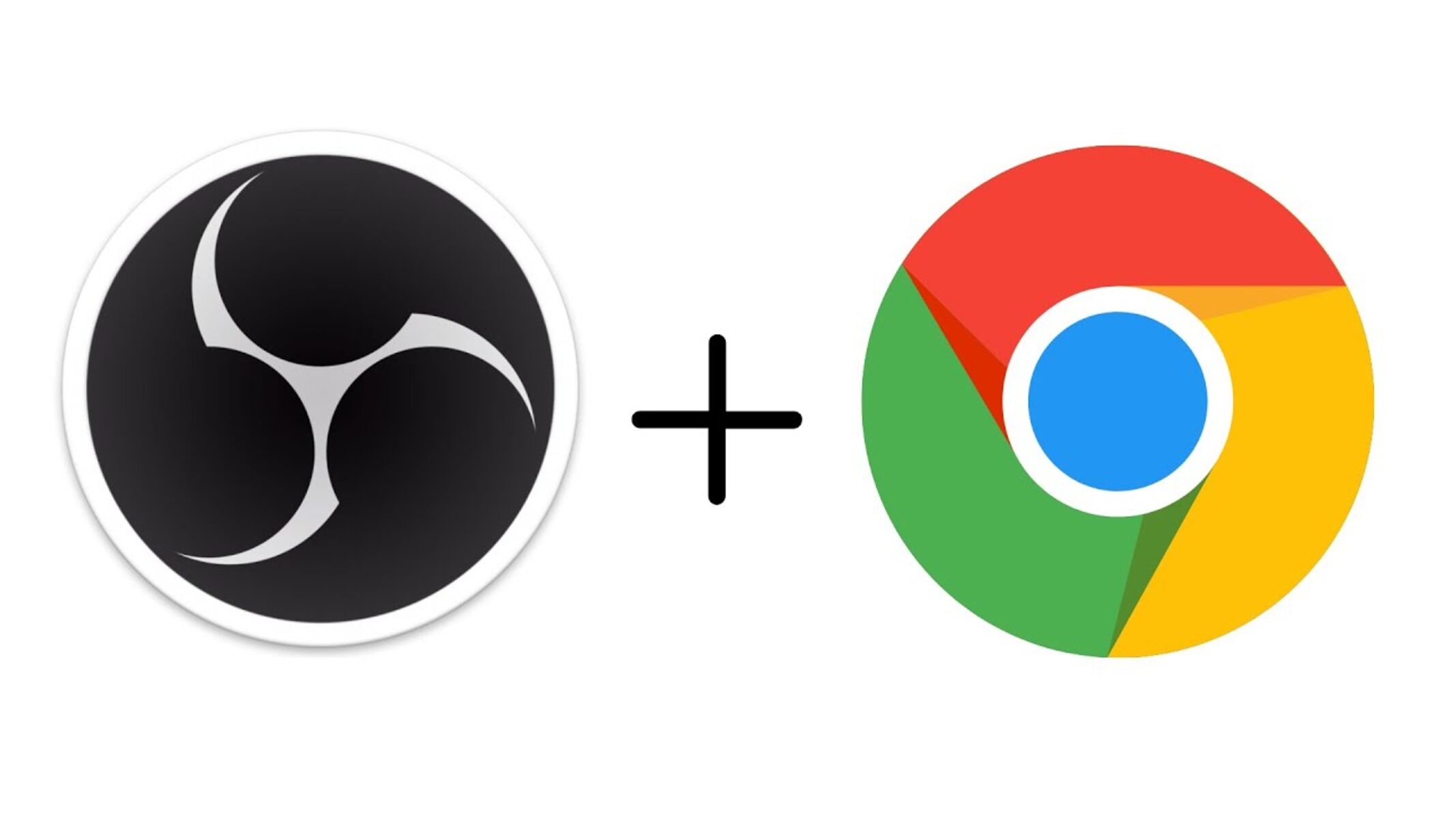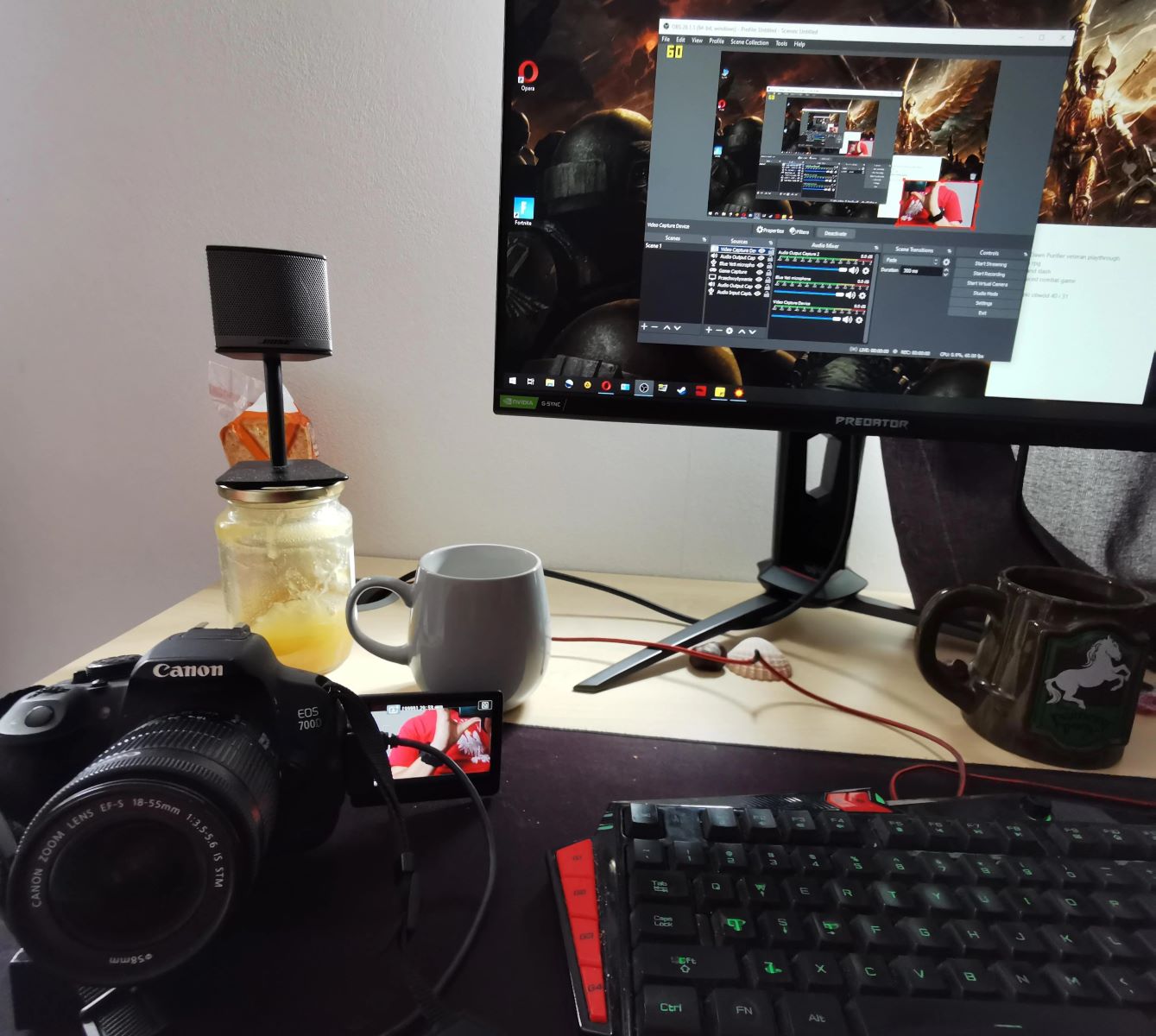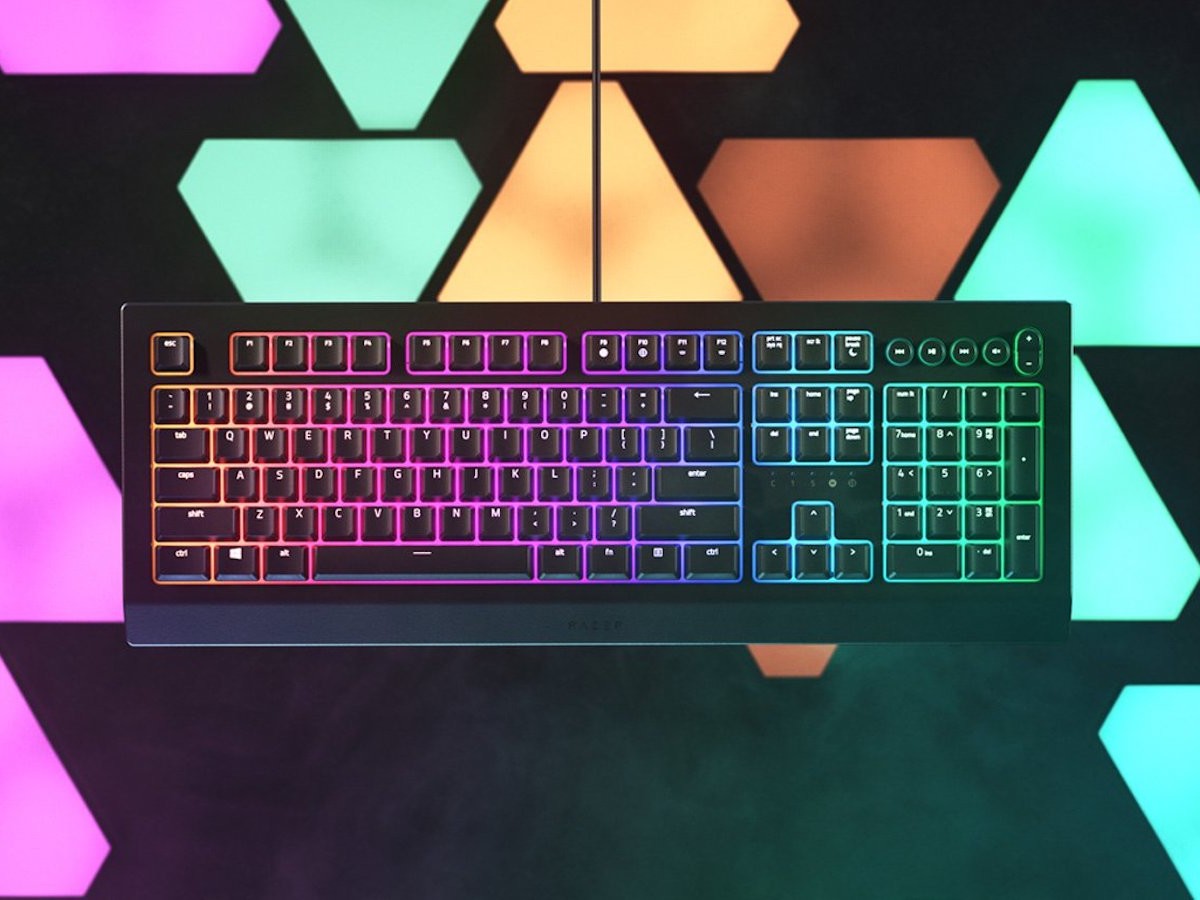Introduction
Welcome to the world of Visual Studio! Whether you’re a professional developer or an enthusiastic newbie, Visual Studio is the go-to integrated development environment (IDE) for creating amazing software applications. With a wide range of powerful tools and features, it empowers developers to bring their ideas to life.
In this article, we will guide you through the process of downloading Visual Studio so that you can kickstart your development journey. Visual Studio is available in different editions to cater to various needs and requirements, such as Visual Studio Community, Visual Studio Professional, and Visual Studio Enterprise. So, let’s dive in and learn how to download Visual Studio and get ready to code!
With Visual Studio, you will have access to a comprehensive set of tools for designing, developing, testing, and debugging applications. Whether you’re working on a web, mobile, desktop, or cloud project, Visual Studio offers a versatile environment that supports multiple programming languages, including C#, C++, Python, JavaScript, and more. Additionally, it provides powerful code editing features, project management capabilities, and seamless integration with various frameworks and platforms.
Before we proceed, it’s essential to note that Visual Studio is primarily designed for Windows operating systems. However, Microsoft has introduced Visual Studio for Mac, which is a separate product tailored specifically for macOS developers. In this article, we will focus on the Windows version of Visual Studio.
Now that we have a brief understanding of what Visual Studio has to offer, let’s embark on the journey of downloading and installing it. In the following sections, we will walk you through step-by-step instructions to ensure a smooth and hassle-free installation process. So, grab a cup of coffee, sit back, and get ready to unleash your coding prowess with Visual Studio!
Step 1: Go to the Visual Studio website
The first step in downloading Visual Studio is to visit the official Visual Studio website. Launch your favorite web browser and navigate to https://visualstudio.microsoft.com.
Once you’re on the website, you’ll be greeted with an immersive landing page that showcases the latest features, announcements, and offerings of Visual Studio. Take a moment to explore and familiarize yourself with the available resources, such as documentation, tutorials, and community forums.
On the main navigation menu, you’ll find different tabs like “Products”, “Downloads”, “Pricing”, and more. For now, let’s focus on the “Downloads” tab. Click on it, and you’ll be redirected to the Downloads page, where you can find all the available versions of Visual Studio.
Visual Studio offers different editions, each catering to specific use cases. The three main editions are Visual Studio Community, Visual Studio Professional, and Visual Studio Enterprise. Choose the edition that best suits your needs. If you’re just starting or developing applications for personal or open-source projects, the Visual Studio Community edition is a great option.
On the Downloads page, you’ll also find additional tools and extensions that can enhance your development experience. These include Visual Studio Code, a lightweight code editor, and various language packs and development kits.
Once you’ve selected the appropriate edition, click on the “Download” button to proceed with the download. The website will automatically detect your operating system, ensure it is correct, and click the “Download” button once again.
At this point, you may be prompted to sign in with your Microsoft account. If you don’t have an account, you can create one for free. Signing in with your Microsoft account allows you to access additional features, such as personalized recommendations, cloud services, and collaboration tools.
After signing in, the download will begin. The size of the download may vary based on the edition you’ve chosen and any additional components you’ve selected. Be patient as the download might take some time, depending on your internet connection speed.
Once the download is complete, you can move on to the next step of the installation process. In the following section, we will guide you through the installation process, ensuring that you have Visual Studio up and running in no time.
Step 2: Choose the Visual Studio edition
With the Visual Studio website open and the download process underway, it’s time to decide on the edition of Visual Studio that best matches your needs and requirements.
Microsoft offers three main editions of Visual Studio: Community, Professional, and Enterprise. Each edition caters to different types of developers and projects, providing varying levels of features and capabilities.
If you’re a student, open-source contributor, or an individual developer working on personal projects, the Visual Studio Community edition is a fantastic choice. It’s a fully-featured IDE that includes all the essential tools for building applications across various platforms and comes at no cost.
The Visual Studio Professional edition is ideal for professional software developers who are creating commercial applications. It offers advanced features, such as performance profiling, code analysis, and collaboration tools, to enhance productivity and streamline development workflows.
For larger organizations and enterprise-level development, the Visual Studio Enterprise edition is recommended. It includes all the features of the Professional edition and adds enterprise-grade capabilities like advanced debugging, testing tools, and secure collaboration options.
Consider the scope and scale of your projects, as well as your budget, when choosing the appropriate edition. Remember, you can always start with the Community edition and upgrade to a higher edition as your needs grow.
As you make your decision, take a moment to explore the feature comparison chart available on the Visual Studio website. This chart provides a detailed breakdown of the features available in each edition, helping you understand the differences and make an informed choice.
Additionally, you may also want to consider the specific platform or programming languages you’ll be working with. While Visual Studio supports multiple programming languages, certain editions may have additional language-specific features or tools tailored for specific platforms.
Once you have decided on the ideal edition, proceed with the download of the chosen edition by clicking the “Download” button on the Visual Studio website. The download process will continue, and you will be one step closer to having Visual Studio at your fingertips.
In the next section, we will cover the next steps of the download and installation process, ensuring that you have everything you need to start your development journey with Visual Studio.
Step 3: Select the appropriate download option
Now that you have chosen the edition of Visual Studio that suits your needs, it’s time to select the appropriate download option. When downloading Visual Studio, you have a few choices to consider.
The first option is the web installer, which is a lightweight installer that downloads and installs Visual Studio components on-demand as you progress through the installation process. This option is recommended if you have a stable internet connection and prefer a smaller initial download size.
The second option is the offline installer. This installer allows you to download the complete package for your selected Visual Studio edition and all the components upfront. It is particularly useful if you have limited or unreliable internet access, as it eliminates the need for continuous online connectivity during the installation process.
Choose the download option that best suits your requirements and click the corresponding download link on the Visual Studio website. The website will typically recommend the web installer by default, but you can easily switch to the offline installer if desired. Make sure to click on the correct link that corresponds to your chosen edition.
With the web installer, a small executable file will be downloaded, which you will need to run to initiate the installation. This file acts as a downloader and will fetch the required Visual Studio components from the internet during the installation process.
On the other hand, if you opt for the offline installer, a larger installation file will be downloaded. Once the download is complete, you can simply run the installer file to start the installation process.
It’s worth noting that the download size and installation time may vary based on the edition you’ve chosen and any additional components you’ve opted to include. The website will provide an estimated size and time for the download to help you plan accordingly.
While the web installer provides an efficient way to install Visual Studio by fetching the components on-demand, the offline installer offers more flexibility in terms of installation options and provides offline access to Visual Studio components. Choose the option that aligns best with your preferences and requirements.
Once you have selected and downloaded the appropriate installer, it’s time to move on to the next step of the download and installation process. In the following section, we will guide you through the installation steps, ensuring that your Visual Studio experience is seamless and successful.
Step 4: Start the download
Now that you have selected the appropriate download option, it’s time to start the download process for Visual Studio. Whether you have chosen the web installer or the offline installer, initiating the download is a straightforward process.
If you have opted for the web installer, locate the downloaded executable file on your computer and double-click it to run it. This will launch the Visual Studio installer and begin fetching the necessary components from the internet.
On the other hand, if you have chosen the offline installer, navigate to the location where you saved the downloaded file and double-click on it. This will start the installation process directly from the downloaded installer package.
Once the installation process begins, the installer will guide you through the necessary steps to configure the installation. You may be prompted to choose the installation location, agree to the license terms, and select any additional components or workloads you want to install.
Ensure that you have a stable internet connection during the installation process, especially if you are using the web installer. The installer will download and install the required components, which may take some time depending on the size of the installation package and your internet speed.
During the installation, you may also have the option to customize the installation by selecting which components, workloads, or language packs you want to include. This allows you to tailor Visual Studio to your specific needs and avoid installing unnecessary features.
Once the download and installation process is complete, you will be notified by the Visual Studio installer. Congratulations! You now have Visual Studio installed on your computer, ready to unleash your coding capabilities.
It’s important to note that the installation process may require administrative privileges on your computer. If prompted, make sure to provide the necessary permissions to ensure a successful installation.
Now that Visual Studio is installed, you’re ready to embark on your development journey. In the next step, we will cover how to customize the installation, allowing you to further tailor Visual Studio to your preferences and optimize your coding environment.
Step 5: Run the installer
With the download process completed, it’s time to run the installer for Visual Studio. Running the installer will initiate the installation process and allow you to configure Visual Studio according to your preferences.
If you have chosen the web installer, locate the downloaded executable file on your computer and double-click it to run it. This will launch the Visual Studio installer and begin the installation process by connecting to the internet and fetching the required components.
If you have opted for the offline installer, navigate to the location where you saved the downloaded file and double-click on it. This will start the installation process directly from the downloaded installer package, without requiring an internet connection.
When the installer window appears, you will be greeted with options and settings to configure before proceeding with the installation. Take a few moments to review and select any customization options available to tailor the installation according to your preferences.
One of the key options you may encounter is the installation location. By default, Visual Studio will suggest a location on your computer’s system drive. You can choose to keep the default location or specify a different directory where you want to install Visual Studio.
Additionally, the installer may prompt you to accept the license terms and conditions. It’s important to read and understand the license agreement before proceeding with the installation. If you agree, select the checkbox or button to accept the terms and continue with the installation process.
Depending on the options you select, the installer will then proceed to download and install the necessary components for Visual Studio on your system. This process may take some time, so be patient and ensure that you have a stable internet connection.
Once the installation is complete, the installer will notify you. At this point, you have successfully installed Visual Studio on your computer. Congratulations! You are one step closer to unleashing your coding prowess.
Remember to keep track of where Visual Studio is installed on your computer, as you will need to access it to launch the IDE and start coding your applications. It is recommended to create a desktop shortcut for easy access to Visual Studio.
In the next step, we will explore the optional process of customizing the installation, allowing you to further enhance your Visual Studio experience by selecting specific components, workloads, and language packs that suit your programming needs.
Step 6: Customize the installation (optional)
While the default installation process installs all the necessary components of Visual Studio, you have the option to customize the installation by selecting specific components, workloads, and language packs that align with your programming needs.
After running the Visual Studio installer, you may encounter a customization screen where you can choose what features and tools you want to include in your installation. This step allows you to optimize your development environment and avoid installing unnecessary components.
On the customization screen, you will find a variety of checkboxes, options, and tabs that represent different categories or workloads. Each category represents a specific set of components and tools relevant to a particular type of development.
For example, if you are primarily developing web applications, you might want to select the “ASP.NET and web development” workload, which includes web-specific tools and frameworks. If you are working on mobile app development, you can choose the “Mobile development with .NET” or “Cross-platform mobile development” workload.
In addition to workloads, you can also choose specific components or features that are not included in the selected workloads. This allows you to fine-tune your installation and include additional tools that are specific to your needs.
Furthermore, you may also have the option to select and install additional language packs. These language packs provide localized versions of Visual Studio, allowing you to work in your preferred language if it’s different from the default language of your operating system.
Take your time to explore the different options available on the customization screen. Read the descriptions and tooltips to understand what each component, workload, or language pack offers. This will help you make informed decisions and ensure that you have the necessary tools for your projects.
Once you have made your selections, click the “Install” or “Next” button to proceed with the installation. The installer will fetch the chosen components from the internet or the downloaded installer package, depending on your chosen installation method.
Keep in mind that customizing the installation may increase the overall installation time, as additional components and features need to be downloaded and installed. Be patient and ensure that you have a stable internet connection.
After the installation is complete, you will have a tailored Visual Studio environment that incorporates your preferred components, workloads, and language packs. This level of customization ensures a personalized development experience that meets your specific requirements.
In the next step, we will cover the final stages of the installation process, including waiting for the installation to complete and launching Visual Studio for the first time.
Step 7: Wait for the installation to complete
After customizing the installation (if applicable), the Visual Studio installer will proceed with the installation process. At this stage, it’s important to have patience as the installation may take some time, depending on the selected components, workloads, and your computer’s performance.
During the installation, you will see a progress bar indicating the status of the installation. This progress bar gives you an estimate of how much time is remaining for the installation to complete. It’s important not to interrupt or stop the installation process to ensure a successful installation.
The duration of the installation will vary based on factors like the speed of your computer, the size of the selected components, and the speed of your internet connection (if using the web installer). Larger installations with more components and workloads might take longer to complete.
If you encounter any unexpected errors or issues during the installation, refer to the troubleshooting resources provided by Microsoft or search online for solutions. It’s not uncommon for installations to encounter unexpected challenges, but most issues can be resolved with the right guidance.
While the installation is in progress, you can utilize this time to explore the Visual Studio documentation or familiarize yourself with the features and capabilities of the IDE. This will help you hit the ground running once the installation is complete.
As the installation progresses, it’s essential to keep your computer connected to a reliable power source to prevent any interruptions. Interruptions or power outages during the installation process could lead to an incomplete or corrupted installation, requiring you to start the process again.
Once the installation is complete, you will receive a notification confirming the successful installation of Visual Studio. The installer may prompt you to restart your computer to finalize the installation, so make sure to save any open work and follow the instructions accordingly.
With the installation complete and your computer restarted (if necessary), you are now just a few steps away from using Visual Studio to create amazing software applications. In the next step, we’ll guide you on how to launch Visual Studio and begin your coding journey.
Step 8: Launch Visual Studio
Congratulations! You have successfully installed Visual Studio on your computer. Now it’s time to launch the IDE and get ready to start coding.
To launch Visual Studio, click on the Windows Start menu and search for “Visual Studio.” You should see the Visual Studio application listed in the search results. Click on it to open the IDE.
Once launched, you will be greeted by the Visual Studio welcome screen. This screen provides quick access to recent projects, tutorials, and an option to create a new project. Take a moment to explore the various options available and get familiar with the layout of the IDE.
If you prefer to directly open an existing project, you can do so by clicking on “Open a project or solution” in the welcome screen. Navigate to the location where your project is saved and select the appropriate file to open it in Visual Studio.
As Visual Studio opens, you will see the main editor window along with various panels, toolbars, and windows. The layout may vary based on your preferences and any modifications you have made. Feel free to move, dock, or resize these elements to create your ideal workspace.
Take some time to customize Visual Studio according to your preferences. Explore the options in the settings menu to personalize the appearance, keyboard shortcuts, and additional features to enhance your workflow.
Visual Studio is known for its extensive list of extensions and plugins that can further enhance the capabilities of the IDE. You can explore the Visual Studio Marketplace to discover and install extensions that align with your development needs.
Once you’re ready to start coding, create a new project or open an existing one within Visual Studio. Choose the appropriate project template based on your target platform or programming language. Visual Studio offers a wide range of options for web development, mobile app development, desktop applications, and more.
With the project open, you can leverage the rich set of tools and features provided by Visual Studio to write your code, debug applications, and test your solutions. Take advantage of the powerful code editing features, debugging capabilities, and integrated version control systems to streamline your development process.
Remember to save your work regularly to avoid accidental data loss. Use source control systems like Git to track changes and collaborate with teammates effectively.
Congratulations once again on successfully installing and launching Visual Studio! With this powerful IDE at your disposal, you are well-equipped to transform your ideas into fully functional software applications. Now it’s time to unleash your creativity and embark on your coding journey!
Conclusion
Congratulations on completing the journey of downloading, installing, and launching Visual Studio! You’ve taken the crucial first steps towards creating exceptional software applications. Visual Studio provides an extensive range of tools, features, and customization options that empower developers to bring their ideas to life.
Throughout this guide, we explored the step-by-step process of downloading Visual Studio from the official website. We covered important aspects such as choosing the appropriate edition, selecting the right download option, customizing the installation, and waiting for the installation to complete. Finally, we launched Visual Studio and discussed a few key points to help you get started on your coding journey.
Remember that Visual Studio offers a powerful and versatile development environment for various platforms and programming languages. Take advantage of its features and tools to streamline your coding workflow, enhance productivity, and bring your projects to fruition.
Continue to harness the potential of Visual Studio by exploring its extensive documentation, online resources, and community forums. Take advantage of the vibrant developer community that surrounds Visual Studio, which can provide support, guidance, and inspiration as you progress in your coding journey.
Remember to regularly update your Visual Studio installation to access the latest features and bug fixes. By staying up to date, you can fully leverage the advancements and improvements made by Microsoft in Visual Studio.
As you embark on your coding adventure with Visual Studio, never hesitate to experiment, learn, and embrace new technologies and frameworks. Continuous learning and growth are essential in the ever-evolving field of software development.
Thank you for joining us in this guide, and we hope it has equipped you with the knowledge and confidence to navigate the world of Visual Studio. Now, go forth and create amazing applications with Visual Studio!







